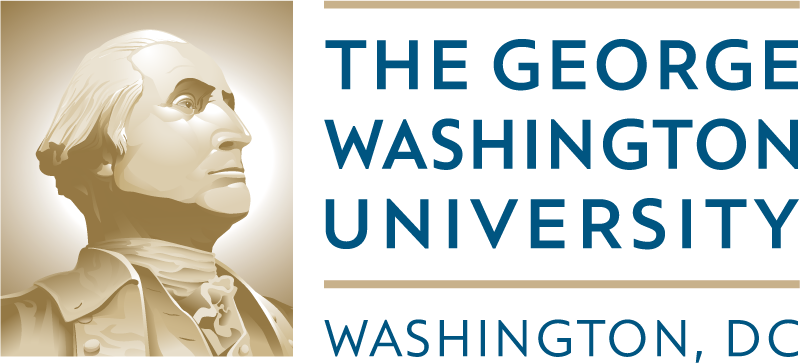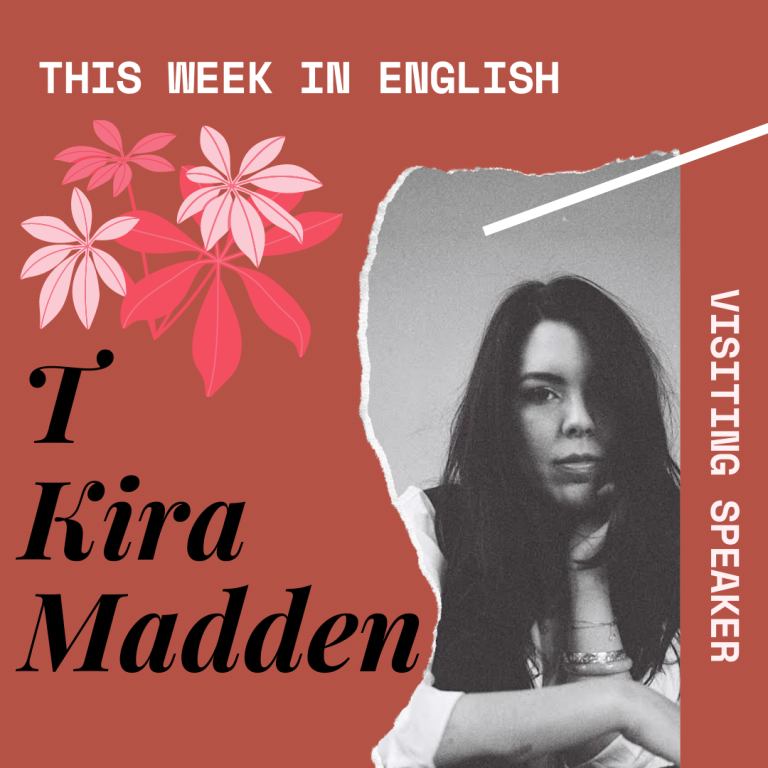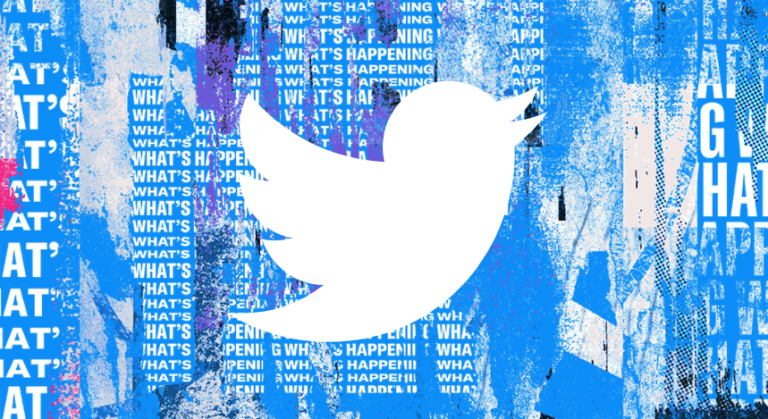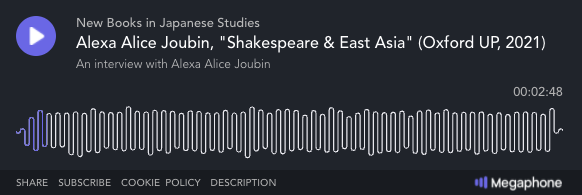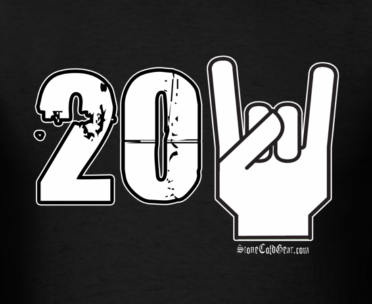On the Road: Professor Hsy in Australia
 |
| No, the conference was not in Sydney — but apparently any blog posting about Australia requires a photo in front of the Sydney Opera House. |
 |
| Book Table featuring recent issues of the ANZAMEMS interdisciplinary journal, “Parergon.” |
 |
| Medieval and modern: neo-Gothic cathedral reflected in glass. |
 |
| Obligatory koala photo (and future English Department mascot). |
